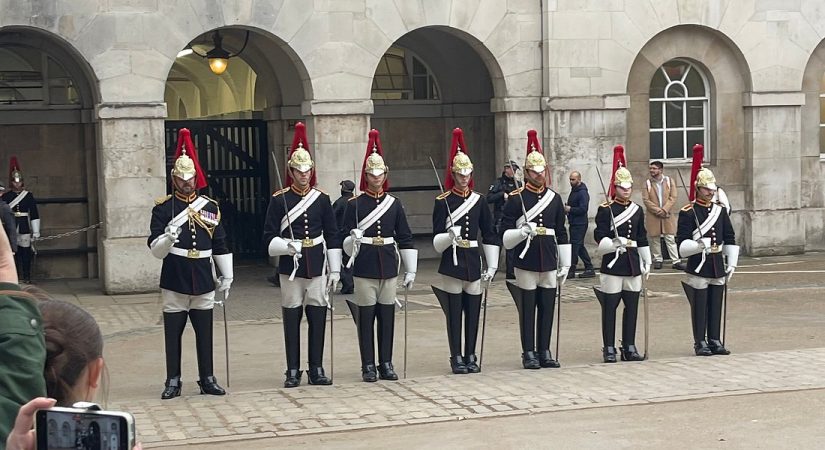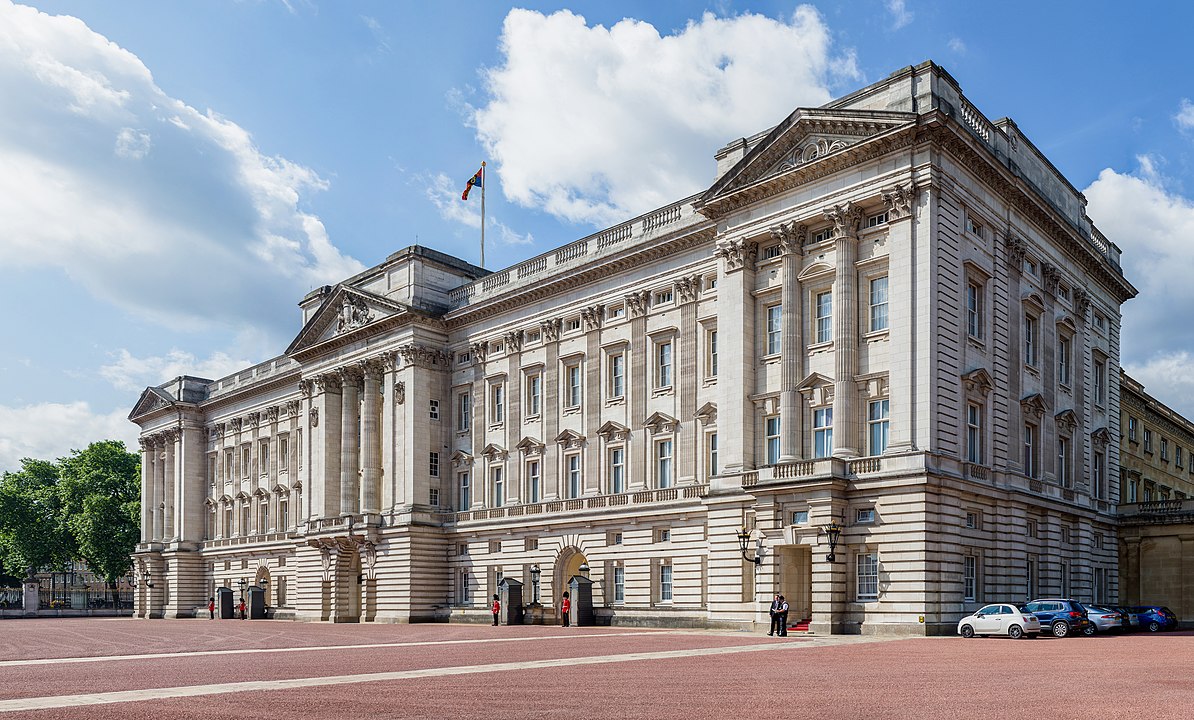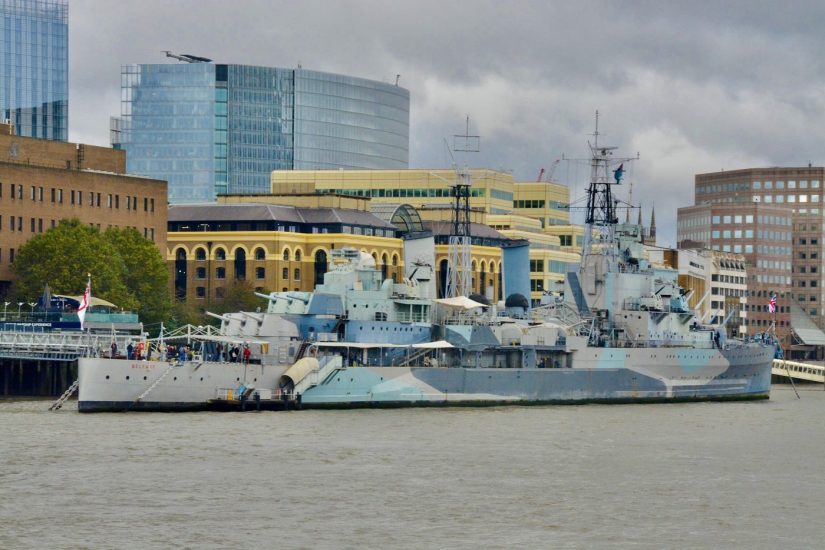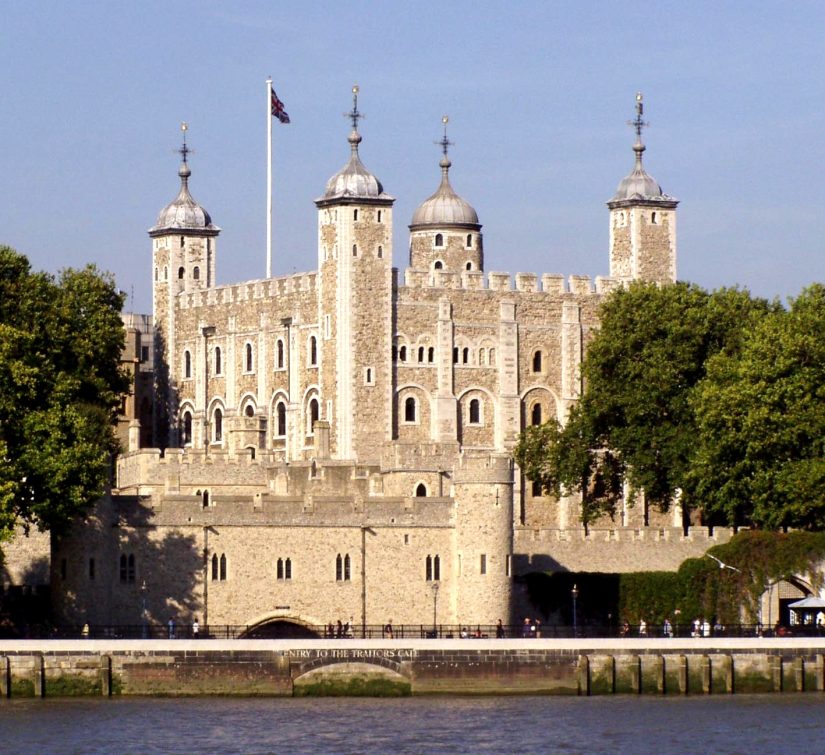Tower of London
London The castle is a historic castle located on the north bank of the River Thames. The White Tower is a quadrangular structure built by William I in 1078. The castle is a large complex with defensive walls and a moat. The castle was originally built as a fortress, royal palace and prison. It was also used as an execution center, torture center, armory and state treasury. Criminals were brought by boat from the River Thames and taken to the dungeon through the Traitors' Gate. Queen Anne Boleyn and Catherine Howard were among the queens executed here. It was declared a World Heritage Site by UNESCO in 1988.
Headlines
- 1 History of the Tower of London
- 2 Structure of the Tower of London
- 3 White Tower
- 4 Other Notable Towers in the Tower of London
- 5 Crown Jewels
- 6 Legendary Ravens
- 7 Tower Guards: Beefeaters
- 8 Visit Information
- 9 Location and Transportation
- 10 Recommendations for Visitors
- 11 Centuries-Old Stories Hidden in Stone Walls
History of the Tower of London
The Tower of London was built in 1078 by King William I. The purpose was to protect the people of London from the Normans and to defend the city from invasions. The construction of the castle began with Cear stones brought from France. Bishop Rochester, was the leader of the structure's architect. Some writers trace the origin of the castle back to Julius Caesar. However, this is a myth. In the 12th century, Richard the Lionheart strengthened the walls surrounding the castle. The moat dug around it was filled with water. Other kings continued to maintain and repair the castle. Oliver Cromwell demolished the palace and abandoned the living quarters. The Tower of London has been the residence of the royal family throughout history.
The Tower of London is administered separately from the City of London. It is guarded by special police officers. Security of the castle has been provided by special officers since ancient times.
Structure of the Tower of London
The oldest member of the Tower of London is the White Tower. Other towers were added over time, creating the structure in its current form. The Tower is one of London's most popular tourist attractions. All the structures in the Tower are listed in alphabetical order:
White Tower
The White Tower is the oldest and central structure of the castle. Built in the Norman style, it dates back to the 11th century. It contains the Chapel of St. John and the armor collection. The tower is a symbol of military power and devotion to God. Visitors can examine the historical weapons and armor up close.
Other Notable Towers in the Tower of London
- St. Thomas Tower: It was built by King Edward I. It has an impressive view rising above the river.
- Beauchamp Tower : It is known for the graffiti carved by prisoners. Political prisoners spent many years here.
- Cradle Tower: It is the tower that provides access to the river for royal members. It has a door opening to a private pier.
- White Tower : It is the heart of the castle and the first structure built. St. John's Chapel and the armories are located here.
- Bowyer Tower : It is alleged that George, Duke of Clarence was strangled here. It is known as a silent and mysterious tower.
- Flint Tower: It is distinguished from other towers by its appearance. It is an important part of the defense system.
- Bell Tower: It was used to ring bells in times of danger. Important royal prisoners were kept here.
- Develin Tower : It was built to protect the western line of the castle. It was used for defensive purposes.
- Deveraux Tower : It has hosted many famous prisoners. Historically, political prisoners have been imprisoned here.
- Cupboard Tower : Royal clothes and accessories were stored here. It takes its name from this function.
- Wide Arrow Tower: It was used as a weapon and ammunition storage area. It was a high security tower.
- Bloody Tower : It is the place where lost princes mysteriously disappeared. It has the darkest stories in history.
- Well Tower : As its name suggests, it has a drinking water well. It was also used for defensive purposes.
- Lanthorn Tower : It features a thematic exhibition decorated with furniture that portrays the royal life of the period.
- Martin Tower : For a long time, the Crown Jewels were kept here. Many theft attempts occurred in this tower.
- Officer Tower : It was the place where the castle commander stayed. It is a tower that attracts attention with its magnificent structure.
- Middle TowerIt is the passage gate in the outer defense line of the castle. It is connected to the Side Tower by a bridge.
- Brick Tower : It is a defensive tower from the late Middle Ages. Its interior space is limited, but its architecture is striking.
- Salt Tower : Spies and religious dissidents were held here, and the graffiti can still be seen today.
- Wakefield Tower : It served as a royal apartment, and the fireplace inside is still in its original state.
- Side Tower : It is located right next to the main entrance. It is an important point where ceremonial parades begin.
Crown Jewels
The castle is home to the British Crown Jewels. Crowns, scepters and ceremonial objects are kept here. Visitors can see these precious pieces through glass panels. They are jewels that symbolize the wealth of the British monarchy. The protection systems are quite advanced.
Legendary Ravens
According to legend, if the ravens leave the castle, the kingdom will collapse. Seven ravens are always kept in the castle. The ravens are cared for by special caretakers. Visitors can see these black birds up close. They have become one of the symbols of the castle.
Tower Guards: Beefeaters
The guards, known as Yeoman Warders or “Beefeaters”, protect the castle. Guided tours are given by these guards. They convey historical information with humor. They offer a unique narrative to visitors. They are a favorite spot for those who want to take photos.
Visit Information
The castle is open to visitors all year round, but is very busy in summer. Tickets must be purchased online in advance. Audio guides and information booklets are provided at the entrance. Tours last approximately 2-3 hours. Most areas are suitable for photography.
Location and Transportation
The Castle is strategically located in the Tower Hill area. The nearest tube station is Tower Hill station. It is within walking distance of Tower Bridge. It can be reached by river boat tours. It can be accessed from anywhere in the city by public transport.
Recommendations for Visitors
It is more comfortable to visit the castle early in the morning. The jewelry hall is usually very crowded. Discover the ravens and towers without jumping. Activities are organized for families with children. Themed souvenirs can be purchased from the museum shop.
Centuries-Old Stories Hidden in Stone Walls
The Tower of London is a unique exploration route for history buffs. It offers a fascinating atmosphere with its towers, jewels and legends. England It is indispensable for those who want to see its history in person. It is one of the places that must be visited in London. You can check the hours and tickets on the official website before visiting.
The Tower of London is one of the most important symbols of not only England but also of world history. This structure, which has shaped the city's defense, royal life and the fate of the people for centuries, today sheds light on the past like a history book and offers visitors the opportunity to discover the depths of England's history. The castle, which has been declared a World Heritage Site by UNESCO and has been protected internationally, maintains its importance as a cultural treasure that bears the traces of both the past and the present. If you want to explore London more, Places to Visit in London Our article can be a guide for you.











